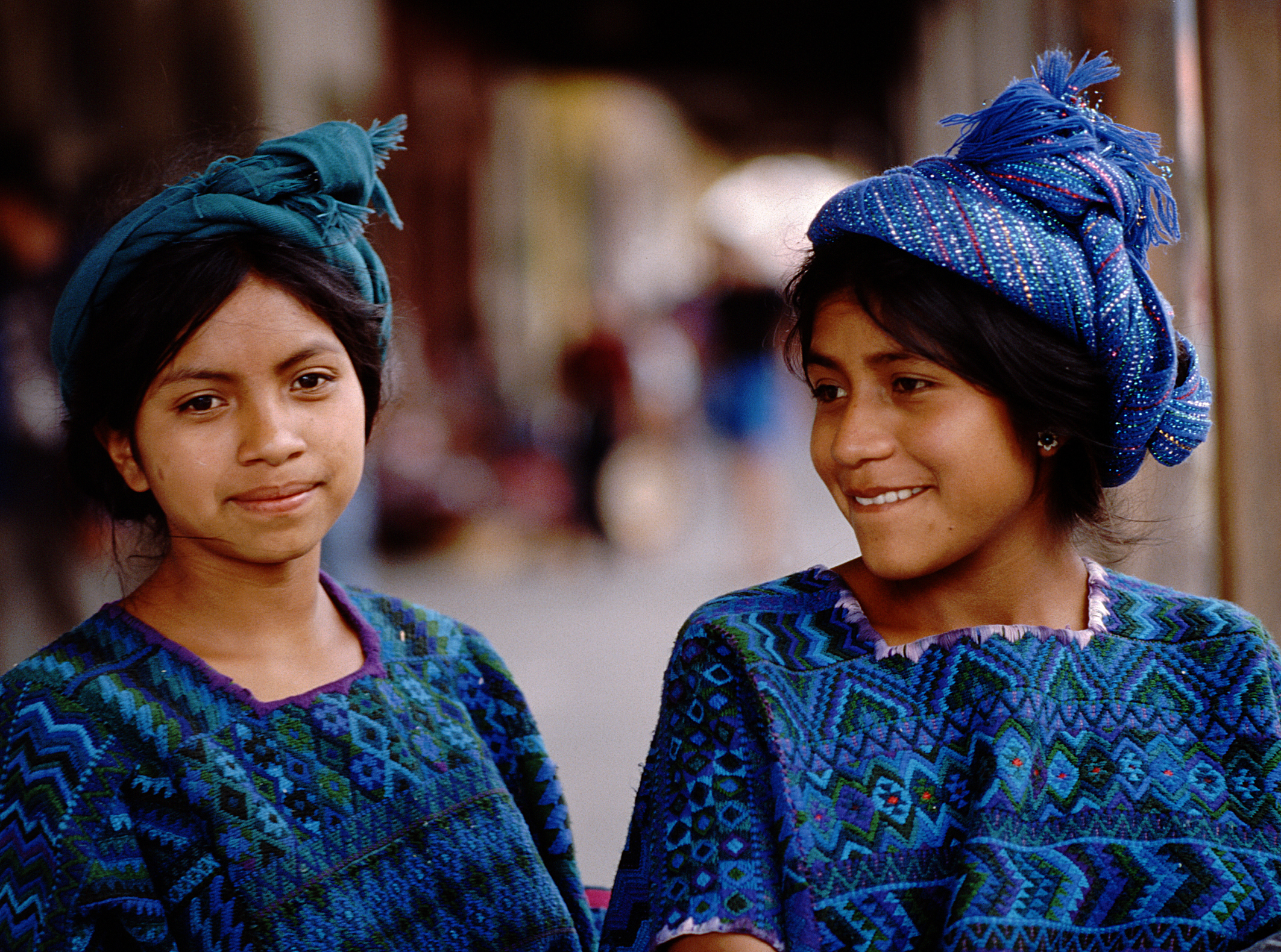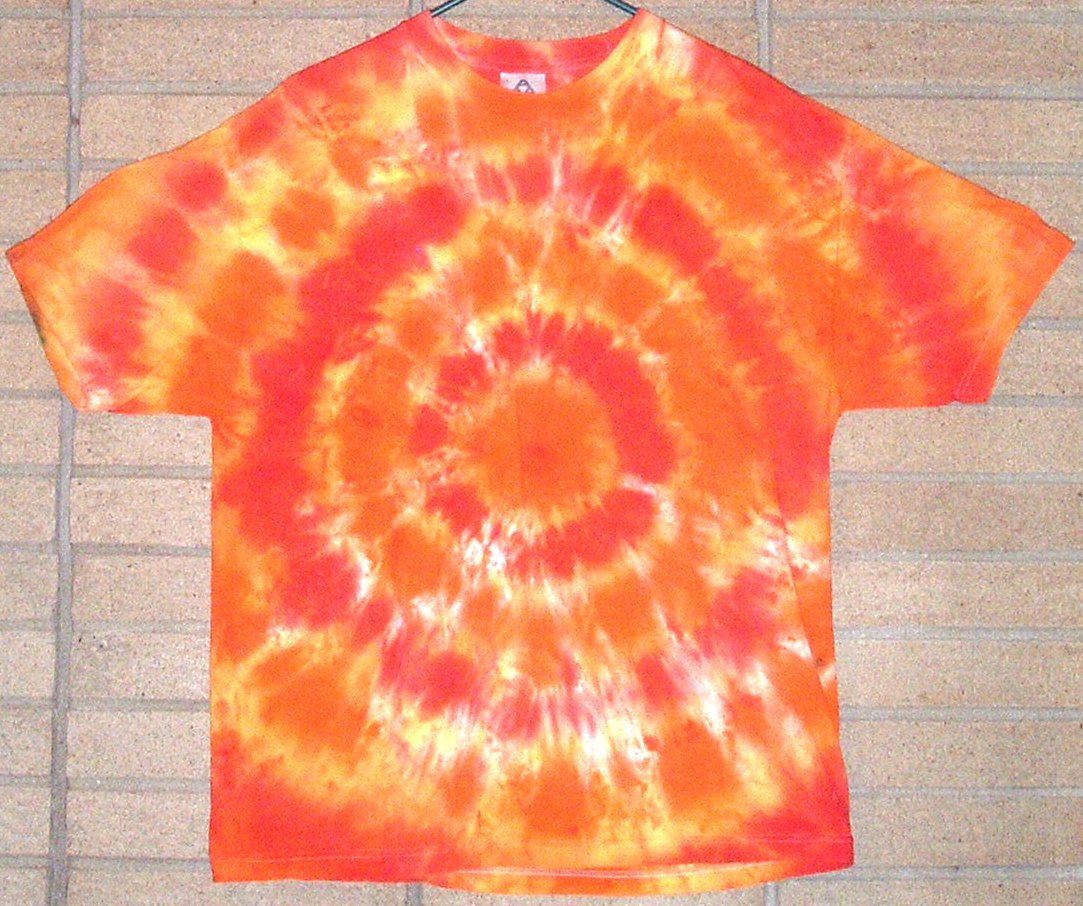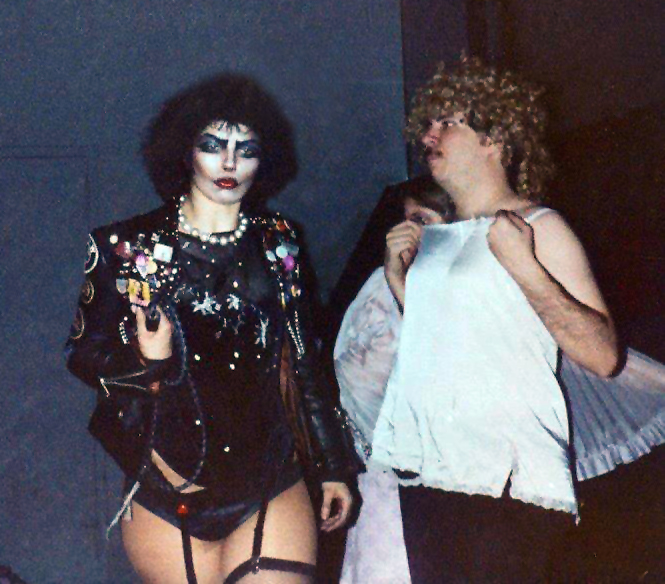|
Nan Cuz
Nan Cuz (born Irmgard Cuz Heinemann; 6 January 1927 – 11 November 2019) was a German–Demographics of Guatemala, Guatemalan painter. Life Nan Cuz was born in 1927 in Secoyocte, in the ''municipio'' of Senahú in Alta Verapaz, Guatemala. Her mother was Kekchi, Q’eqchi' Maya peoples, Maya, her father German. While she was growing up with her mother and grandmother in the traditional Mayan way, her father returned to Germany and married there. When Cuz was seven years old, her German stepmother traveled to Guatemala to take her back to Germany to provide her with an education. Although the original agreement was that she would be returned to her mother when she completed her schooling, World War II and its aftermath prevented this. Her father was an accomplished photographer and taught her the craft, but she soon moved on to painting portraits. Cuz died at the age of 92 on 11 November 2019 in Panajachel, Guatemala. Artistic work The indelible impressions of her childhood � ... [...More Info...] [...Related Items...] OR: [Wikipedia] [Google] [Baidu] |
Demographics Of Guatemala
This is a demography of the population of Guatemala including population density, ethnicity, education level, health of the populace, economic status, religious affiliations and other aspects of the population. According to the 2018 census, 43.56% of the population is Indigenous including 41.66% Mayan, 1.77% Xinca, and 0.13% Garifuna (Mixed African and indigenous). Approximately 56% of the population is "non-Indigenous", referring to the Mestizo population (people of mixed European and indigenous descent) and the people of European origin. These people are called Ladino in Guatemala. The population is divided almost evenly between rural and urban areas. About 65% of the population speak Spanish, with nearly all the rest speaking indigenous languages (there are 23 officially recognized indigenous languages). Population According to the total population estimate was in . The proportion of the population below the age of 15 in 2010 was 41.5%, 54.1% were aged between 15 an ... [...More Info...] [...Related Items...] OR: [Wikipedia] [Google] [Baidu] |
Munich
Munich ( ; german: München ; bar, Minga ) is the capital and most populous city of the German state of Bavaria. With a population of 1,558,395 inhabitants as of 31 July 2020, it is the third-largest city in Germany, after Berlin and Hamburg, and thus the largest which does not constitute its own state, as well as the 11th-largest city in the European Union. The city's metropolitan region is home to 6 million people. Straddling the banks of the River Isar (a tributary of the Danube) north of the Bavarian Alps, Munich is the seat of the Bavarian administrative region of Upper Bavaria, while being the most densely populated municipality in Germany (4,500 people per km2). Munich is the second-largest city in the Bavarian dialect area, after the Austrian capital of Vienna. The city was first mentioned in 1158. Catholic Munich strongly resisted the Reformation and was a political point of divergence during the resulting Thirty Years' War, but remained physicall ... [...More Info...] [...Related Items...] OR: [Wikipedia] [Google] [Baidu] |
Guatemalan People Of Maya Descent
Guatemalan may refer to: * Something of, from, or related to the country of Guatemala * A person from Guatemala, or of Guatemalan descent. For information about the Guatemalan people, see Demographics of Guatemala and Culture of Guatemala. For specific persons, see List of Guatemalans. * Note that there is no language called "Guatemalan". See Languages of Guatemala. * Guatemalan cuisine Most traditional foods in Guatemalan cuisine are based on Maya cuisine, with Spanish influence, and prominently feature corn, chilies and beans as key ingredients. Guatemala is famously home to the Hass avocado. There are also foods that ar ... {{disambig Language and nationality disambiguation pages ... [...More Info...] [...Related Items...] OR: [Wikipedia] [Google] [Baidu] |
People From Alta Verapaz Department
A person (plural, : people) is a being that has certain capacities or attributes such as reason, morality, consciousness or self-consciousness, and being a part of a culturally established form of social relations such as kinship, ownership of property, or legal obligation, legal responsibility. The defining features of personhood and, consequently, what makes a person count as a person, differ widely among cultures and contexts. In addition to the question of personhood, of what makes a being count as a person to begin with, there are further questions about personal identity and self: both about what makes any particular person that particular person instead of another, and about what makes a person at one time the same person as they were or will be at another time despite any intervening changes. The plural form "people" is often used to refer to an entire nation or ethnic group (as in "a people"), and this was the original meaning of the word; it subsequently acquired its us ... [...More Info...] [...Related Items...] OR: [Wikipedia] [Google] [Baidu] |
Guatemalan Women Painters
Guatemalan may refer to: * Something of, from, or related to the country of Guatemala * A person from Guatemala, or of Guatemalan descent. For information about the Guatemalan people, see Demographics of Guatemala and Culture of Guatemala. For specific persons, see List of Guatemalans. * Note that there is no language called "Guatemalan". See Languages of Guatemala. * Guatemalan cuisine Most traditional foods in Guatemalan cuisine are based on Maya cuisine, with Spanish influence, and prominently feature corn, chilies and beans as key ingredients. Guatemala is famously home to the Hass avocado. There are also foods that ar ... {{disambig Language and nationality disambiguation pages ... [...More Info...] [...Related Items...] OR: [Wikipedia] [Google] [Baidu] |
2019 Deaths
This is a list of deaths of notable people, organised by year. New deaths articles are added to their respective month (e.g., Deaths in ) and then linked here. 2022 2021 2020 2019 2018 2017 2016 2015 2014 2013 2012 2011 2010 2009 2008 2007 2006 2005 2004 2003 2002 2001 2000 1999 1998 1997 1996 1995 1994 1993 1992 1991 1990 1989 1988 1987 See also * Lists of deaths by day * Deaths by year {{DEFAULTSORT:deaths by year ... [...More Info...] [...Related Items...] OR: [Wikipedia] [Google] [Baidu] |
1927 Births
Nineteen or 19 may refer to: * 19 (number), the natural number following 18 and preceding 20 * one of the years 19 BC, AD 19, 1919, 2019 Films * ''19'' (film), a 2001 Japanese film * ''Nineteen'' (film), a 1987 science fiction film Music * 19 (band), a Japanese pop music duo Albums * ''19'' (Adele album), 2008 * ''19'', a 2003 album by Alsou * ''19'', a 2006 album by Evan Yo * ''19'', a 2018 album by MHD * ''19'', one half of the double album '' 63/19'' by Kool A.D. * '' Number Nineteen'', a 1971 album by American jazz pianist Mal Waldron * ''XIX'' (EP), a 2019 EP by 1the9 Songs * "19" (song), a 1985 song by British musician Paul Hardcastle. * "Nineteen", a song by Bad4Good from the 1992 album ''Refugee'' * "Nineteen", a song by Karma to Burn from the 2001 album ''Almost Heathen''. * "Nineteen" (song), a 2007 song by American singer Billy Ray Cyrus. * "Nineteen", a song by Tegan and Sara from the 2007 album '' The Con''. * "XIX" (song), a 2014 song by Slip ... [...More Info...] [...Related Items...] OR: [Wikipedia] [Google] [Baidu] |
Hippie Movement
The hippie subculture began its development as a youth movement in the United States during the early 1960s and then developed around the world. Its origins may be traced to European social movements in the 19th and early 20th century such as Bohemians, with influence from Eastern religion and spirituality. It is directly influenced and inspired by the Beat Generation, and American involvement in the Vietnam War. From around 1967, its fundamental ethos — including harmony with nature, communal living, artistic experimentation particularly in music, sexual experimentation, and the widespread use of recreational drugs — spread around the world during the counterculture of the 1960s, which has become closely associated with the subculture. Precursors Classical culture The hippie movement has found historical precedents as far back as the Mazdakist movement in Persia, whose leader the Persian reformer Mazdak, advocated communal living, the sharing of resources, vegetarianism ... [...More Info...] [...Related Items...] OR: [Wikipedia] [Google] [Baidu] |
Cult Status
A cult following refers to a group of fans who are highly dedicated to some person, idea, object, movement, or work, often an artist, in particular a performing artist, or an artwork in some medium. The lattermost is often called a cult classic. A film, book, musical artist, television series, or video game, among other things, is said to have a cult following when it has a small but very passionate fanbase. A common component of cult followings is the emotional attachment the fans have to the object of the cult following, often identifying themselves and other fans as members of a community. Cult followings are also commonly associated with niche markets. Cult media are often associated with underground culture, and are considered too eccentric or anti-establishment to be appreciated by the general public or to be widely commercially successful. Many cult fans express their devotion with a level of irony when describing entertainment that falls under this realm, in that someth ... [...More Info...] [...Related Items...] OR: [Wikipedia] [Google] [Baidu] |
Folklore
Folklore is shared by a particular group of people; it encompasses the traditions common to that culture, subculture or group. This includes oral traditions such as Narrative, tales, legends, proverbs and jokes. They include material culture, ranging from traditional building styles common to the group. Folklore also includes Tradition, customary lore, taking actions for folk beliefs, the forms and rituals of celebrations such as Christmas and weddings, folk dances and Rite of passage, initiation rites. Each one of these, either singly or in combination, is considered a Cultural artifact, folklore artifact or Cultural expressions, traditional cultural expression. Just as essential as the form, folklore also encompasses the transmission of these artifacts from one region to another or from one generation to the next. Folklore is not something one can typically gain in a formal school curriculum or study in the fine arts. Instead, these traditions are passed along informally from o ... [...More Info...] [...Related Items...] OR: [Wikipedia] [Google] [Baidu] |

_1938.jpg)


